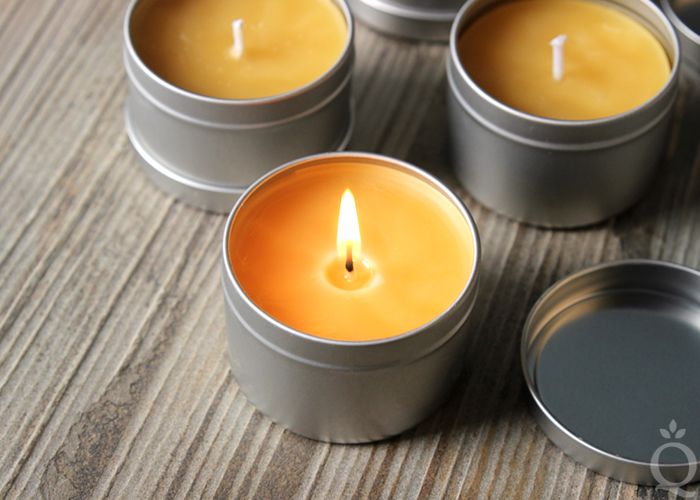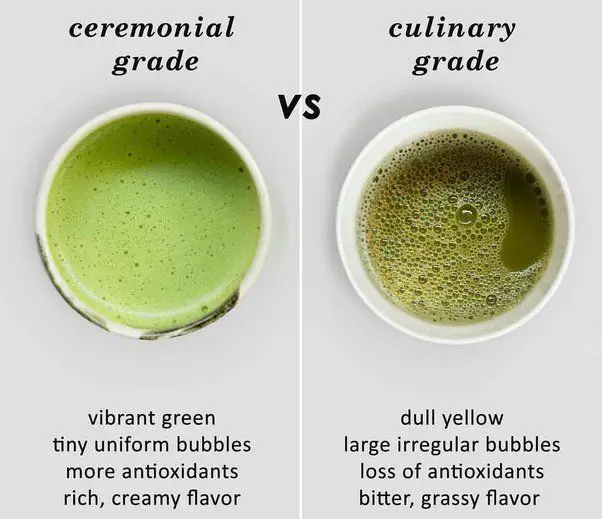What Is Fresh Linen Scent Made Of?
Fresh linen scent refers to fragrances that evoke the clean, crisp aroma of freshly laundered linen fabrics. The characteristic fresh linen smell comes from the natural oils and waxes present in flax, cotton, and other plant fibers used to make linen textiles. When these fibers are washed, subtle floral, herbal, and grassy notes are released, creating an invigorating yet soothing effect.
Linen’s refreshing scent has made fresh linen fragrances popular for commercial and household products, including soaps, detergents, room sprays, and candles. The crisp, clean fragrance is widely associated with freshness, cleanliness, and renewal. Many find the bright, uplifting aromas to be energizing yet calming. With widespread appeal and versatility, fresh linen has become a staple for fragranced products across industries.
Natural Sources
The natural scent of fresh linen comes primarily from the flax plant (Linum usitatissimum), which is used to make linen fabric. Linen is made from the fibers of the flax plant stalk. To extract the fibers, the stalks are soaked in water to loosen the fibers from the woody parts of the plant. The fibers are then separated and spun into yarn to make linen fabric. Linen has a natural fresh, earthy aroma that comes from the flax plant fibers. The scent is often described as clean, light, and mildly grassy (Odor Away 10 oz. -100% Soy Candle).

Linen is valued for its natural breathability, durability, and absorbency. It also has antibacterial and antifungal properties that reduce odors from forming in the fabric. The natural scent of linen is often considered soothing, relaxing, and conducive to sleep. Linen bed sheets have long been prized for providing a fresh, comfortable night’s sleep (Soap and Cream). The light, natural linen scent is appreciated for not being overpowering or disrupting to sleep.
Chemical Composition
The main chemical compounds that create the fresh linen scent are aldehydes, esters, and alcohols. Aldehydes like hexanal, heptanal, and nonanal provide the clean and slightly citrusy top notes. Esters like linalyl acetate and butyl acetate contribute floral and fruity middle notes. Alcohols like linalool, citronellol, and alpha-terpineol give depth to the base notes with their soft, woody, and herbaceous aromas. The specific proportions of these compounds, combined with subtle notes like ozone, musk, and vanilla, produce the characteristic clean and crisp linen scent.
According to LYSOL® Laundry Sanitizer – Crisp Linen Scent[1], the fragrance components that make up the crisp linen scent contain aldehydes like citral and citronellal as well as esters like hexyl acetate and linalyl acetate. Easy-On Speed Starch, Crisp Linen Scent[2] also lists fragrance as a main ingredient, which would contain a proprietary blend of the aldehydes, esters, and alcohols described above to produce the fresh linen aroma.
Top Notes
The top notes in a fresh linen fragrance provide the initial burst of scent and contain lighter, citrusy and green aromas. Common top notes include citrus fruits like lemon, orange, bergamot, lime and grapefruit. These citrus oils impart a bright, uplifting aroma.1 In addition to citrus, fresh linen fragrances often contain green, aldehydic top notes like ozone, which evokes the smell of fresh air, and green notes like galbanum or cut grass that provide a crisp, freshly laundered scent. Aldehydes like linayl acetate give linen fragrances their clean, soapy aroma. Herbal top notes like lavender, rosemary and sage are also popular. Overall, the top notes in a fresh linen fragrance aim to replicate the invigorating scent of freshly laundered linens drying on a breezy spring day.
Middle Notes
The middle notes form the heart of the fresh linen fragrance. They emerge after the top notes fade and before the base notes come through. Floral middle notes like jasmine, rose, lily, lavender, and neroli create an elegant, clean scent associated with freshly laundered linens.12 The middle notes are often herbaceous as well, with lavender adding a fresh, calming element. Orange blossom and lilac also impart a gentle floral bouquet. Together, these middle notes create a bright, indulgent, yet comforting heart for the fresh linen fragrance profile.
Base Notes
The base notes in a fresh linen fragrance provide depth and longevity. These are the heavier, longer-lasting notes that linger after the top and middle notes have faded. Common base notes in linen fragrances include:
Sandalwood: Sandalwood adds a rich, woody aroma. It has a smooth, creamy scent that provides warmth to the fresh linen fragrance. Some popular fresh linen fragrances utilize Australian sandalwood in the base notes (https://scentair.com/fresh-linen.html).

Cedarwood: Cedarwood essential oil has an earthy, woody scent. It gives linen fragrances a subtle woodsy undertone. Fresh linen fragrances may incorporate Virginian cedarwood oil in the base (https://www.candlescience.com/fragrance/beach-linen-fragrance-oil/).
Musk: Musk deepens linen scents with its sweet, powdery aroma. White musk is commonly used to add a clean, subtle muskiness to the base of fresh linen fragrances (https://www.studiofragrance.com/fresh-linen-fragrance-oil/).
Creating the Scent
Creating a fresh linen scent is both an art and a science. Chemists carefully blend top notes, middle notes, and base notes to achieve the fresh, clean aroma we associate with linen.
The top notes provide the initial burst of scent when you first smell a fragrance. For a fresh linen accord, typical top notes include citrus oils like lemon, bergamot, and petitgrain, as well as light floral oils like neroli and lavender. These oils impart a bright, crisp first impression.
The middle notes form the heart of the fragrance. For linen scents, middle notes often include herbal oils like clary sage, extracts like lily of the valley, and white floral absolutes like jasmine and rose. These notes create a soft, fresh floral character.

Finally, base notes ground the fragrance and provide staying power. Common base notes in linen fragrances include musk for a clean effect, woods like cedarwood for warmth, and ambroxan for a subtle fresh laundry nuance. The balance of top, middle, and base notes work together to create the enduring fresh linen aroma.
Perfumers carefully craft each layer and component while avoiding any single overpowering note. It takes great skill to perfectly balance the ingredients for a harmonious, multi-dimensional fresh linen accord.
Uses
Linen sprays are commonly used in homes and commercial settings to infuse fabrics and spaces with a pleasant scent. Some of the most common uses include:
In the home:
- Spritzing sheets, pillowcases, towels, and other linens to give them a fresh, clean scent
- Lightly spraying curtains, upholstery, and carpets to freshen up a room
- Misting the air in stuffy rooms to eliminate odors
- Spraying inside closets, drawers, and luggage to make clothes and belongings smell nice

In commercial settings:
- Hotels spray linens and room décor to create an inviting environment for guests
- Gyms mist exercise equipment and locker rooms to mask unpleasant odors
- Retail stores use signature scents to enhance brand recognition and influence consumer perception
- Offices apply subtle aromas to boost productivity, creativity, and mood
Linen sprays provide an easy method to quickly scent fabrics, spaces, and linens. They can evoke positive associations and emotions through the sense of smell. Compared to candles or plug-in air fresheners, sprays allow for more targeted fragrance dispersal without open flames or electrical outlets.
Health Considerations
When using synthetic fragrances like fresh linen scents, some people may experience skin sensitivities or reactions. This is because the chemical ingredients can irritate the skin for those with sensitivities. Some problematic chemicals include phthalates, parabens, and artificial musks. These can cause issues like rashes, redness, and irritation when applied topically.
To avoid these synthetic chemicals, some people look for more natural alternatives. Essential oil blends with ingredients like lemon, bergamot, violet leaf, and jasmine can provide a similar fresh, clean scent without the synthetics. Botanical ingredients are less likely to cause adverse skin reactions. However, it’s still important to do a patch test when trying new natural scents as well, as essential oils can still cause irritation for some.
Overall, those with sensitivities may want to be cautious and look for more natural options when it comes to fresh linen fragrances. Avoiding synthetic ingredients can help reduce the chances of skin irritation and reactions.
Conclusion
The fresh linen scent that so many have come to love and associate with cleanliness is created using a delicate balance of floral, herbal, and woody notes. Lily of the valley, lavender, lemon, and rosemary provide the bright, floral top notes. Herbal middle notes like geranium, thyme, and jasmine add depth, while soft base notes of musk, sandalwood, and vanilla smooth out the scent. Though originally inspired by the smell of freshly laundered linen drying outdoors, perfumers now use specialized mixes of essential oils and aroma chemicals to produce the quintessential clean fragrance.
The enduring popularity of fresh linen scents is a testament to their refreshing yet comforting qualities. They manage to evoke feelings of crispness and renewal, while also providing a warm, familiar base aroma. This makes them appealing across genders, ages, and cultures. Their clean scent profile also gives them broad utility – they can be used in laundry products, room sprays, perfumes, and more. As fashions and fragrance trends come and go, the classic fresh linen scent remains timeless in its simplicity and wide appeal.





